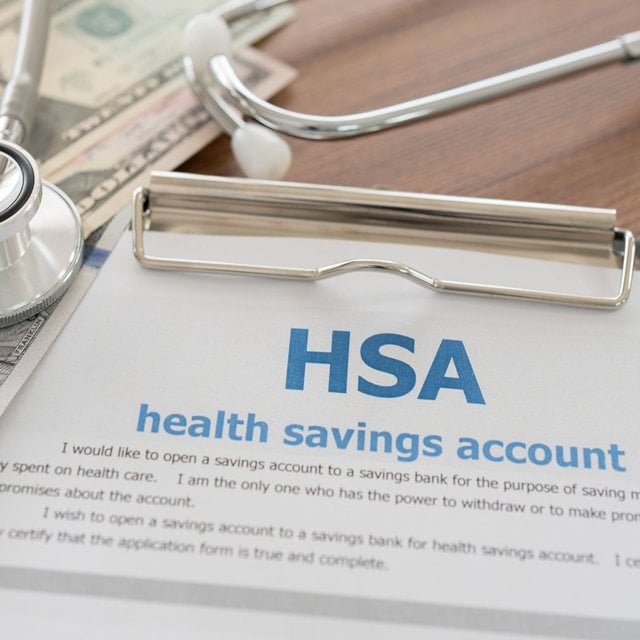Falcon
NOT FOR REPRINT
COVID-19 Trackers' Map Continues to Clear
By
Allison Bell
News May 11, 2020 at 05:50 AM
Share & Print
The new government COVID-19 tracking report shows that most states are now a nice, healthy green. That means their doctors' offices, urgent care clinics and emergency rooms are handling few patients with COVID-19, or anything that looks like COVID-19. But many of the people who were getting sick a few weeks ago are still in the hospital, and some of those people are dying. The U.S. Centers for Disease Control and Prevention (CDC) has put the numbers in the latest edition of its weekly COVIDView newsletter. The CDC includes many maps, tables and charts in the newsletter.
.
.
— Read 7 Things the Senate Is Hearing About Covid-19, for Agents, on ThinkAdvisor. — Connect with ThinkAdvisor Life/Health on Facebook, LinkedIn and Twitter.
Resources
- The CDC's weekly COVID-19 report is available here.
- The CDC's provisional COVID-19 mortality data table is available here.
- An article about the previously weekly COVID-19 report is available here.
Deaths by Week | ||||||
| Week Ending Date | COVID-19 Deaths | Pneumonia Deaths | Flu Deaths | Pneumonia, Flu, and COVID-19 Deaths | Total Deaths | Percent of Expected Deaths |
|---|---|---|---|---|---|---|
| Feb. 1 | 0 | 3,700 | 471 | 4,171 | 57,444 | 97% |
| Feb. 8 | 1 | 3,686 | 499 | 4,186 | 57,766 | 97% |
| Feb. 15 | 0 | 3,710 | 521 | 4,231 | 57,077 | 97% |
| Feb. 22 | 1 | 3,573 | 541 | 4,115 | 57,041 | 98% |
| Feb. 29 | 7 | 3,663 | 623 | 4,288 | 57,252 | 99% |
| March 7 | 29 | 3,766 | 594 | 4,372 | 56,850 | 98% |
| March 14 | 50 | 3,726 | 590 | 4,340 | 54,895 | 96% |
| March 21 | 504 | 4,229 | 504 | 5,001 | 54,997 | 97% |
| March 28 | 2,771 | 5,722 | 416 | 7,596 | 58,379 | 104% |
| April 4 | 8,437 | 8,994 | 441 | 13,614 | 65,937 | 118% |
| April 11 | 13,261 | 10,539 | 444 | 18,005 | 70,404 | 127% |
| April 18 | 12,556 | 9,105 | 234 | 16,341 | 64,003 | 118% |
| April 25 | 7,875 | 6,106 | 116 | 10,706 | 49,968 | 92% |
| May 2 | 1,636 | 1,936 | 25 | 2,949 | 25,168 | 39% |
| Total | 45,492 | 70,519 | 5,994 | 100,966 | 762,013 | 103% |
Deaths by State* (Week ending April 25) | ||||
| State | COVID Deaths | Pneumonia Deaths | Total Deaths | Percent of Expected Deaths |
|---|---|---|---|---|
| Alabama | 28 | 48 | 731 | 73% |
| Arizona | 46 | 80 | 1,077 | 92% |
| Arkansas | 11 | 29 | 500 | 85% |
| California | 274 | 458 | 4,681 | 91% |
| Colorado | 137 | 108 | 873 | 118% |
| Delaware | 24 | 13 | 131 | 35% |
| District of Columbia | 20 | 25 | 107 | 84% |
| Florida | 204 | 317 | 3,910 | 98% |
| Georgia | 78 | 91 | 1,109 | 67% |
| Idaho | 11 | 15 | 242 | 93% |
| Illinois | 333 | 282 | 2,348 | 117% |
| Indiana | 160 | 179 | 1,221 | 98% |
| Iowa | 38 | 34 | 463 | 80% |
| Kansas | 12 | 35 | 482 | 100% |
| Kentucky | 34 | 65 | 573 | 61% |
| Louisiana | 94 | 69 | 605 | 67% |
| Maine | 17 | 16 | 278 | 94% |
| Maryland | 281 | 155 | 1,277 | 136% |
| Massachusetts | 892 | 436 | 2,102 | 189% |
| Michigan | 357 | 273 | 2,040 | 109% |
| Minnesota | 108 | 85 | 869 | 105% |
| Mississippi | 39 | 60 | 606 | 102% |
| Missouri | 46 | 72 | 915 | 75% |
| Nebraska | 0 | 12 | 185 | 59% |
| Nevada | 39 | 52 | 413 | 80% |
| New Hampshire | 17 | 30 | 267 | 108% |
| New Jersey | 921 | 636 | 2,589 | 190% |
| New Mexico | 22 | 20 | 228 | 64% |
| New York | 1,003 | 676 | 2,986 | 157% |
| New York City | 1,797 | 791 | 3,126 | 317% |
| Ohio | 68 | 93 | 1,451 | 63% |
| Oklahoma | 15 | 33 | 496 | 67% |
| Oregon | 13 | 22 | 433 | 62% |
| Pennsylvania | 403 | 213 | 1,696 | 66% |
| Rhode Island | 13 | * | 66 | 33% |
| South Carolina | 22 | 52 | 718 | 78% |
| Tennessee | 10 | 80 | 1,169 | 80% |
| Texas | 63 | 177 | 2,756 | 73% |
| Utah | 13 | 16 | 391 | 110% |
| Vermont | 11 | * | 117 | 103% |
| Virginia | 117 | 94 | 1,317 | 103% |
| Washington | 35 | 59 | 912 | 88% |
| Wisconsin | 36 | 48 | 892 | 89% |
| United States | 7,875 | 6,106 | 49,968 | 92% |
| * This table leaves out some rows that appear to contain especially incomplete data. | ||||
Deaths by Week in New York City | ||||||
| Week, Ending Date | COVID-19 Deaths | Pneumonia Deaths | Flu Deaths | Pneumonia, Influenza, and COVID-19 Deaths | Total Deaths | Percent of Expected Deaths |
|---|---|---|---|---|---|---|
| Feb. 1 | 0 | 95 | 19 | 114 | 1,168 | 102% |
| Feb. 8 | 0 | 95 | 18 | 113 | 1,169 | 97% |
| Feb. 15 | 0 | 86 | 13 | 99 | 1,130 | 99% |
| Feb. 22 | 0 | 75 | * | 84 | 1,092 | 101% |
| Feb. 29 | 0 | 83 | * | 89 | 1,105 | 101% |
| Marc h 7 | 0 | 92 | * | 100 | 1,111 | 101% |
| March 14 | * | 103 | * | 112 | 1,124 | 103% |
| March 21 | 112 | 153 | 14 | 240 | 1,390 | 133% |
| March 28 | 875 | 584 | 45 | 1,134 | 2,725 | 265% |
| April 4 | 2,828 | 1,649 | 208 | 3,303 | 5,878 | 571% |
| April 11 | 4,175 | 1,929 | 320 | 4,591 | 7,302 | 685% |
| April 18 | 3,172 | 1,265 | 162 | 3,351 | 5,134 | 505% |
| April 25 | 1,797 | 791 | 72 | 1,926 | 3,126 | 317% |
| May 2 | 456 | 217 | * | 507 | 1,259 | 105% |
| TOTAL | 13,415 | 7,217 | 871 | 15,763 | 34,713 | 235% |
NOT FOR REPRINT
© 2025 ALM Global, LLC, All Rights Reserved. Request academic re-use from www.copyright.com. All other uses, submit a request to asset-and-logo-licensing@alm.com. For more information visit Asset & Logo Licensing.
Featured Resources
View All
Sponsored by Global Atlantic Financial Group
ForeStructured Growth II: Registered Index-Linked Annuity









